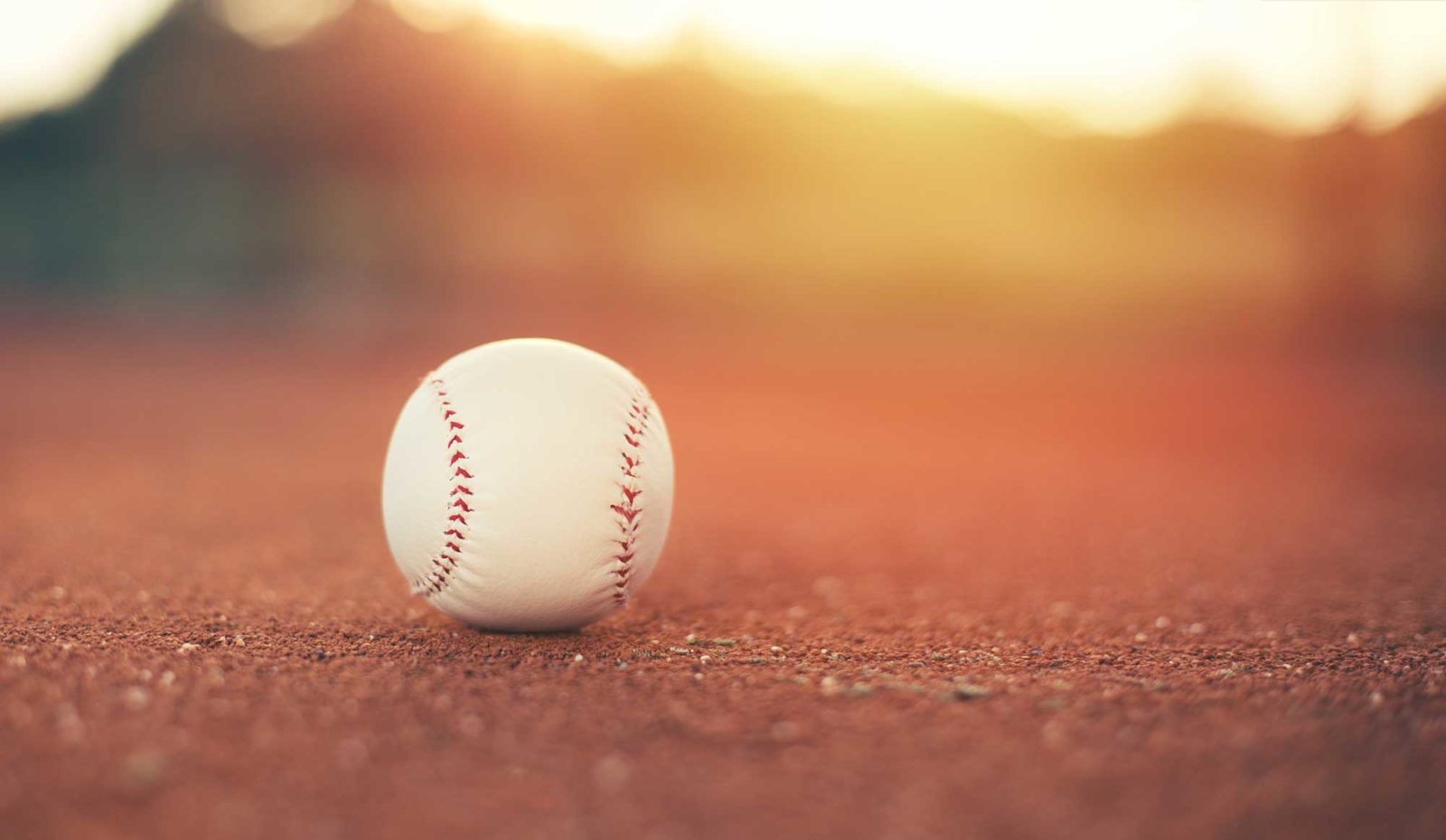
Baseball Clay (Mound Clay)
Baseball Clay (Mound Clay)
Mound Clay, Mound Clay Bricks, Infield Mix, Infield Dirt, Baseball Infield Mix, Baseball Clay, Baseball Dirt, Turface®, AMP Infield Mix, Diamond Pro, Warning Track Mix, Bulk Infield Dirt Near Me
Applications
Mound Construction or Repair; Home Plate Construction or Repair; Pitcher’s Mound; Batter’s Box; Catcher’s Box; Baseline Dirt; Bullpen Mound; Baseball Field Construction and Maintenance; Softball Field Infield Dirt; Infield Repair; Infield Dirt Amendment; Baseline Repair; Ballfield Dirt; Amending playing skinned baseball surface; Screened clay; Little Leagues, Parks and Recreation, High Schools, Colleges, Professionals
Key Benefits
Compactable clay ideal for pitching mound, batter’s areas, and baselines; High clay content; Firm surface; Stays in place; Free of rocks or gravel; Deep Red Color
Specs
High-density clay; ; Screened and free of debris such as rock/pebbles; Rich red color; Compactible
Baseball Clay (Mound Clay)
Baseball Clay or Mound Clay is a high-density baseball mound clay for use around the pitcher’s mound and batter’s box. Mound Mix is firm and durable clay, enabling you to reshape depressions to the desired level. It’s screened to eliminate rocks and give it a loose consistency for ease of installation. Our baseball mound clay has a different blend of sand and clay than Infield Dirt to provide the perfect playing surface for pitchers.
What is the difference in Pitcher’s Mound Clay and Infield Mix?
Mound Clay is different from Baseball Infield Dirt Mix. Mound clay has a higher percentage of clay. Therefore, it is much firmer, stiffer making it stay in place and provides better traction. Mound clay is ideal for use to build a pitcher’s mound or in the batter’s box so the player has a firm surface to play off of. Infield dirt contains a higher percentage of sand that makes it slightly softer in texture. The sand helps it drain better, creates a softer field of play than a hard surface, and allows players to safely run and slide across the playing surface.
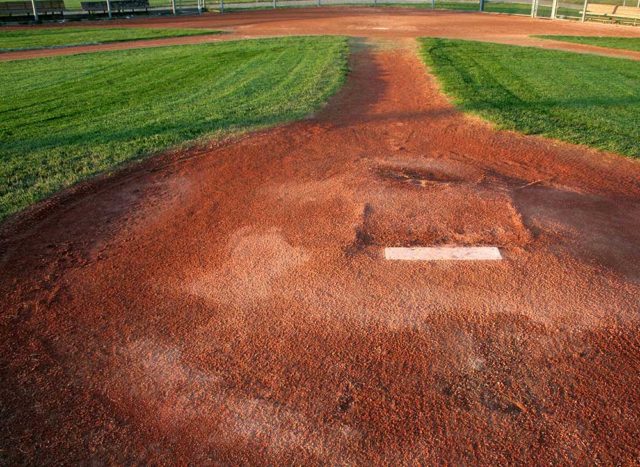
How much sand and clay is in my Infield Dirt? Can I add sand or clay to my baseball infield dirt?
You can change the percentage of sand and clay in your current infield. Amending your current baseball field is a more affordable method than replacing the entire dirt portion of the infield.
If your infield mix is too compacted, first make sure you have used a drag to properly mix it and you may even try a conditioner if it is minor. If you still think it is too hard, send us a sample to confirm that the clay percentage may be too high for your style of play. Adding sand is relatively simple way but you need to make sure you use the correct type of sand, which we can supply. You can topdress the infield skin with sand and then incorporate it into the infield mix with a drag or tiller being careful not to go too deep into the native soil base. Changing the sand percentage is a straightforward equation once you have the given depth and quantity, or tons, already installed (find the average depth and use our Infield Mix calculator). Baseball Clay can also be used as an amendment to increase the clay content of your infield mix. We have clients over the years that have infield dirt that is too sandy and ask what to do about it. Blending bulk, loose Baseball Clay into the dirt may be an option to amend your infield instead of replacing the dirt altogether. Too often we have seen other baseball clay suppliers sell infield mix with too much sand content, resulting in poor play. Sometimes a field can become too sandy over time without proper maintenance. Amending a sandy soil with one consisting of higher clay content can get your field back where you want it. Just remember it may take more Baseball Clay to get to a certain ratio because the clay does contain a portion of sand as well. Again, we can help you calculate the options but keep in mind you are limited by how much you can add and keep the field on the proper grade.
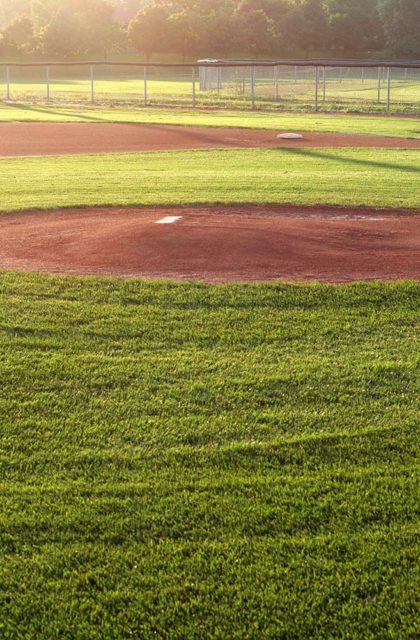
Where can you buy bulk pitching mound clay?
RSI is your supplier for Pitching mound clay and baseball clay. We supply loose, bulk clay by the ton to the metro Atlanta, Georgia market. Purchasing mound clay by the bricks can be expensive and bricks may be difficult to use as a repair when you need to mold and pack the surface to an existing grade. You can purchase a minimum of one ton but more often than not coaches, contractors, and managers need a few tons to make a repair to multiple areas and then store the excess for use later. This saves money and allows for quick, easy repairs to the baseball mound, catcher’s box, batter’s box, and baselines.
RSI supplies bulk Baseball Clay and Infield Dirt near you in Georgia including Athens, Alpharetta, Cumming, Gainesville, Norcross and the rest of Atlanta. Our Baseball Clay is designed to look great but to perform even better. Player’s will develop confidence in the dirt beneath them. Our bulk Baseball Clay can be delivered by the dump truck load, which is the most cost-effective way to buy baseball dirt. If you have questions about your current clay or what to order, please give us a call. We can even analyze your ball clay in our own soil lab to determine the sand, silt, and clay percentage so that you can buy the baseball clay that your specific field needs.
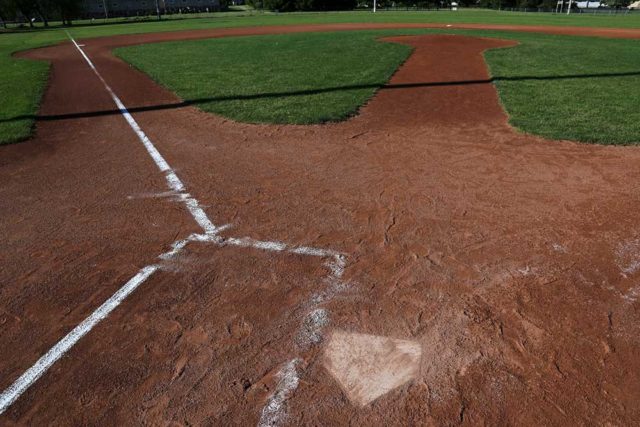
RSI supplies bulk baseball Infield Dirt by the ton to coaches, managers, little leagues, and contractors for both ballfield new construction and maintenance. River Sand, Inc. is your bulk landscaping supplier and source for construction materials including sand, soil, and gravel. We have our baseball clay on fields in Winder, Braselton, Atlanta, Cleveland, Clayton, Gainesville, Alpharetta, and the rest of Georgia. Call today for a quote and to schedule delivery for your Mound Clay and make get back to playing ball!
Frequently Asked Questions
Do you have questions about Baseball Clay (Mound Clay)? We have answers!
Mound clay is a specialized clay that is designed for building pitching mounds. It provides a firm, compactible surface. It can also be used to amend infields that are too sandy, or contain too much sand.
It is made of clay. Every dirt can be defined as the percentage of sand, silt, and clay sized particles. Sand particles are the largest. Clay particles are the smallest and silt is in between. Mound clay is not 100% clay particles as many people think. Most mound clays are 40-50% sand with the remaining portion 50-60% being silt and clay particles. This mixture compacts well and provides an excellent media for pitching mounds and the batter’s box.
Infield mix is the official term of the dirt found in the infield of a baseball field. However, people call it baseball dirt or baseball clay. Product names like DuraEdge®, Turface®, Beam Clay®, and AMP® refer to different types of infield products. River Sand, Inc.’s brand of infield mix is AMP® or Accu-Mix-Plus® which refers to the custom, precision blend of sand to clay that we provide in our infield mix.
Baseball clay or mound clay is a high-density, compactible clay with a high plasticity. This clay is best used for building pitcher’s mounds and in batter’s boxes. It has a higher clay content than infield mix used throughout the infield.
Be sure that your mound is in the right position and stable. Add mound clay to the table and slope of the mound. Check the height and slope as you install the clay. Use a hand tamp (good for maintenance) or plate compactor (better) to compact the clay with a minimum depth of 4 inches. Mound clay in bulk, loose material is easier to form than mound bricks.
Related Articles
See what we’ve been saying about
Baseball Clay (Mound Clay)
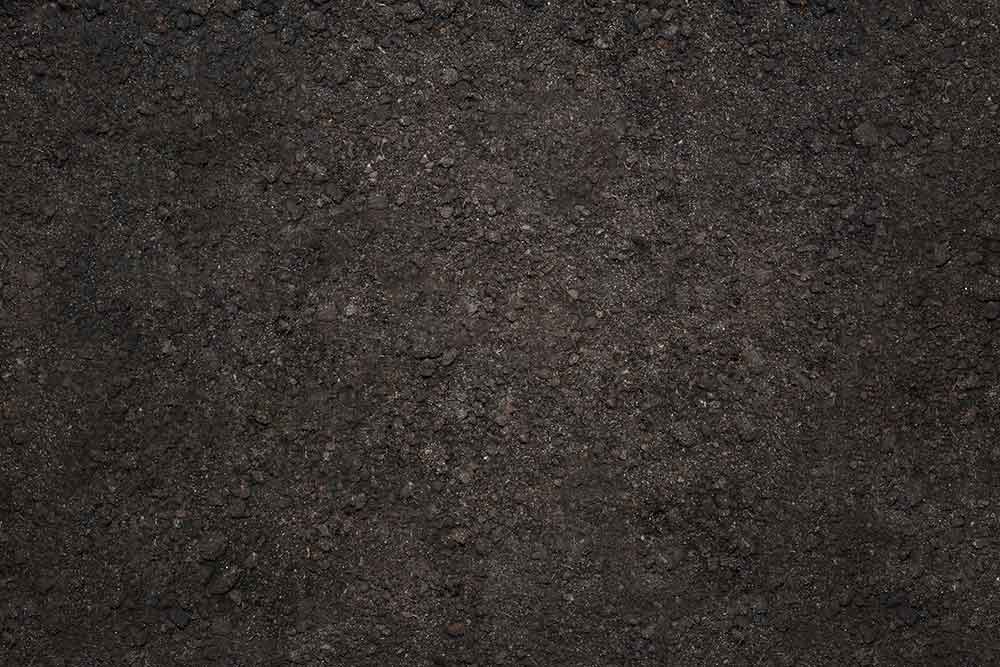
“I’ve been a customer of RSI for 20 years. Very professional and always provides great service.”
— David Presnell | Athletic Fields and Construction Manager
Related Products
Baseball/Softball Field Measurement Charts
You can use the following charts to verify your field’s measurements with the field selection you will choose in the calculator below.
| Square Footage | AMP Infield Mix Needed Per Compacted Inch | ||||||||
|---|---|---|---|---|---|---|---|---|---|
| Field Type | Base Paths | Pitching Distance | Infield Radius* | Mound Dia. | Plate Dia | W/Turf | All Skin | W/Turf | All Skin |
| Pro | 90′ | 60′ 6″ | 95′ | 18′ | 26′ | 11,600 | 17,900 | 56 tons | 86 tons |
| College | 90′ | 60′ 6″ | 95′ | 18′ | 26′ | 11,600 | 17,900 | 56 tons | 86 tons |
| High School | 90′ | 60′ 6″ | 95′ | 18′ | 26′ | 11,600 | 17,900 | 56 tons | 86 tons |
| Babe Ruth | 90′ | 60′ 6″ | 95′ | 18′ | 26′ | 11,600 | 17,900 | 56 tons | 86 tons |
| Colt | 90′ | 60′ 6″ | 95′ | 18′ | 26′ | 11,600 | 17,900 | 56 tons | 86 tons |
| Pony | 80′ | 54′ | 80′ | 15′ | 24′ | 8,000 | 13,300 | 39 tons | 64 tons |
| Little League | 60′ | 46′ | 50′ | 10′ | 18′ | 3,760 | 6,600 | 18 tons | 32 tons |
| Square Footage | AMP Infield Mix Needed Per Compacted Inch | ||||||
|---|---|---|---|---|---|---|---|
| Group | Type | Base Paths | Pitching Distance | Infield Rad* | Mound Dia. | All Skin | All Skin |
| College | Fastpitch/Female | 60′ | 43′ | 60′ | 16′ | 7,700 | 37 tons |
| High School | Fastpitch/Female | 60′ | 40′ | 60′ | 16′ | 7,400 | 36 tons |
| A.S.A. – Adult | Fastpitch/Mens | 60′ | 46′ | 60′ | 16′ | 8,100 | 39 tons |
| Slowpitch Both | 65′ | 50′ | 65′ | 16′ | 9,500 | 46 tons | |
| A.S.A. – Youth | Fastpitch/Girls 10U | 55′ | 35′ | 55′ | 16′ | 6,100 | 29 tons |
| Girls 12U – 18U | 60′ | 40′ | 60′ | 16′ | 7,400 | 36 tons | |
Baseball Field Calcluator
Other projects and dredging are calculated separately.
